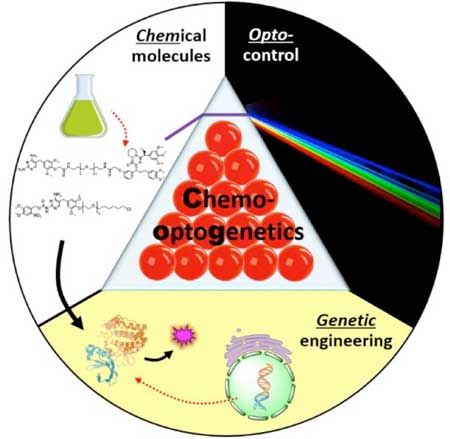
Friday, September 28, 2018
New, highly stable catalyst may help turn water into fuel
Machine learning helps improving photonic nanostructures
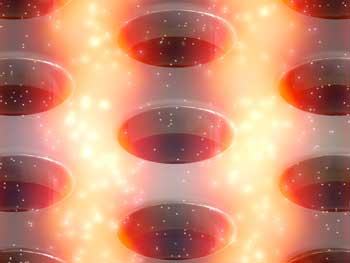
Composite significantly reduces electromagnetic pollution
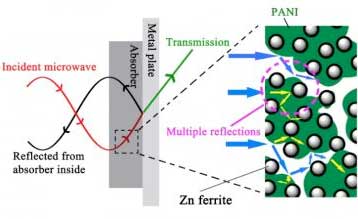
Thursday, September 27, 2018
How swarms of nanomachines could improve the efficiency of any machine
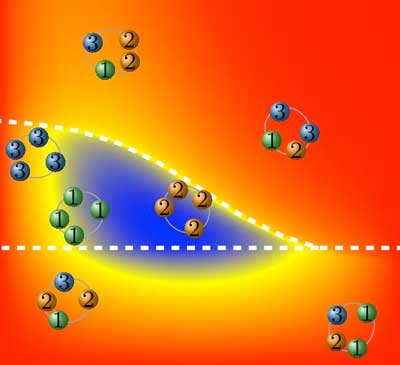
Polymer coating cools down buildings

New method could show how aging affects nanomaterials' properties
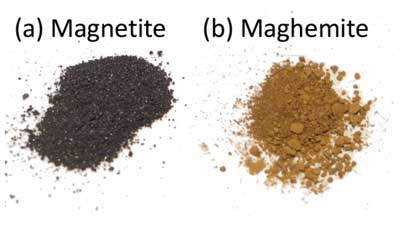
Nanotechnology-enabled devices could soon tap their owners as a battery source

Wednesday, September 26, 2018
Desiging a self-folding metamaterial

A self-powered heart monitor taped to the skin
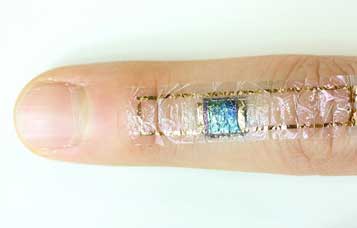
Spheres can make concrete leaner, greener
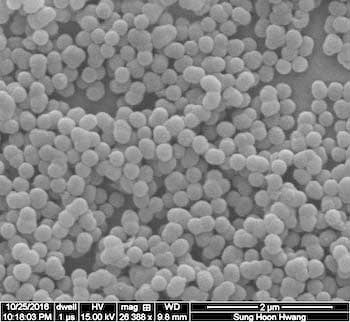
'Paintable' chemotherapy shrinks skin tumors in mice

Oxygen vs. nanochip: Scientists show vulnerability of a promising 2D semiconductor to air
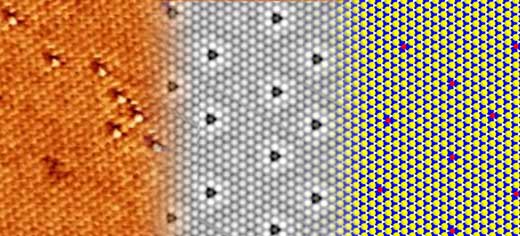
Study demonstrates new mechanism for developing electronic devices
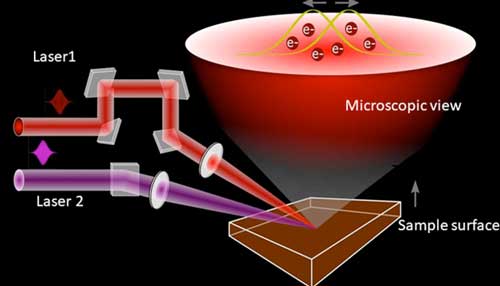
Tuesday, September 25, 2018
Multimodal imaging shows strain can drive chemistry in a photovoltaic material
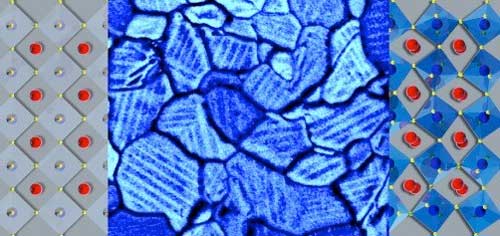
Chemical engineers functionalize boron nitride with other nanosystems
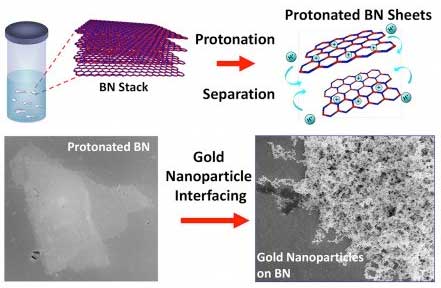
Heterometallic copper-aluminum super atom discovered
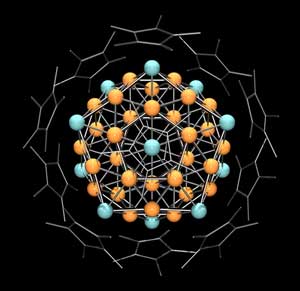
A nanoglazed facade that is a power plant and a guarantee

Study of tiny vortices could lead to new self-healing materials, other advances
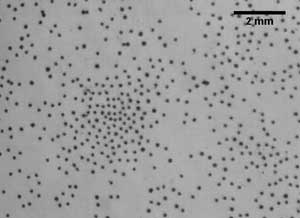
Oxide materials discovery may advance electronic device development
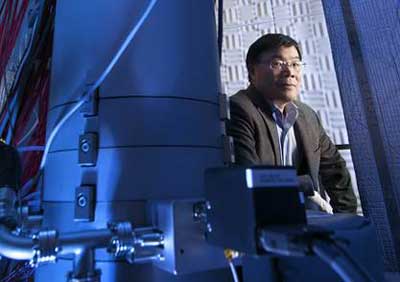
Monday, September 24, 2018
New study sheds light on - and through - 2D materials
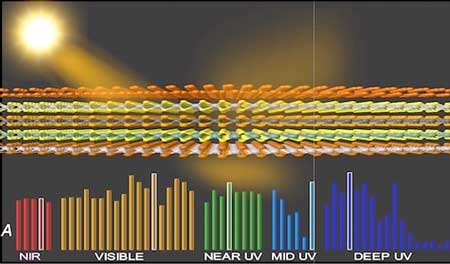
New insight into properties of polymer nanoparticles
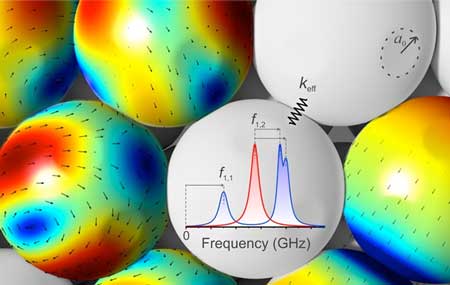
Robotic electronic skin made from spray-coated tactile sensor
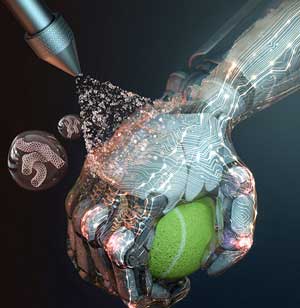
Breakthrough in blending metals on the atomic scale

Reconstructing healthy liver cells using a nanomaterial-based matrix
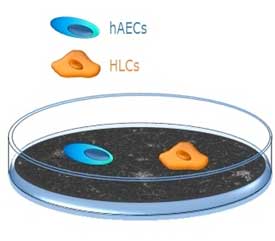
Saturday, September 22, 2018
'Pinning down' how salty droplets dry

Friday, September 21, 2018
Spray-on antennas could unlock potential of smart, connected technology

New nanotherapy offers hope in treating drug-resistant renal cell carcinoma
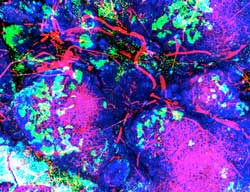
Viral RNA sensing
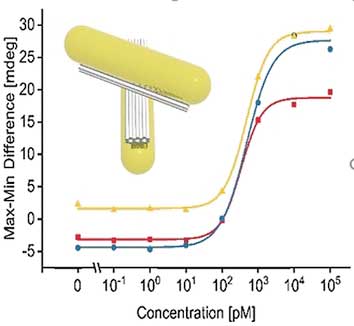
'Papertronics' could fold, biodegrade and be the basis for the next generation of devices
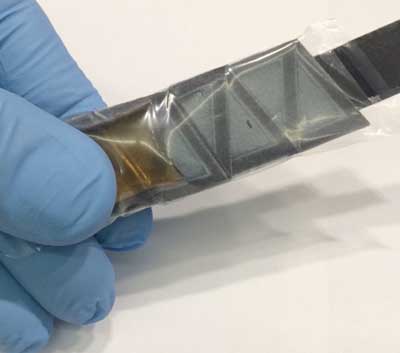
Ultrathin organic photodetectors put wearable diagnostics at one?s fingertips

Thursday, September 20, 2018
Two-dimensional multibit optoelectronic memory
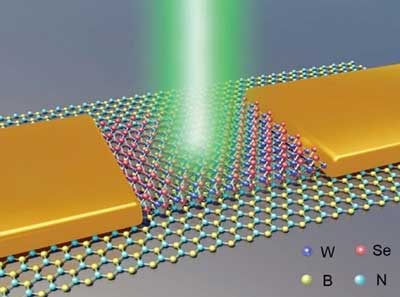
Graphene bilayer provides efficient transport and control of spins
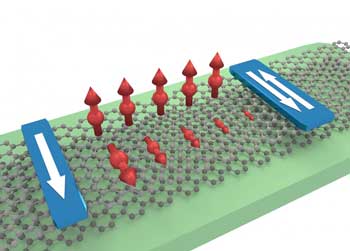
Quick and not-so-dirty: A rapid nano-filter for clean water
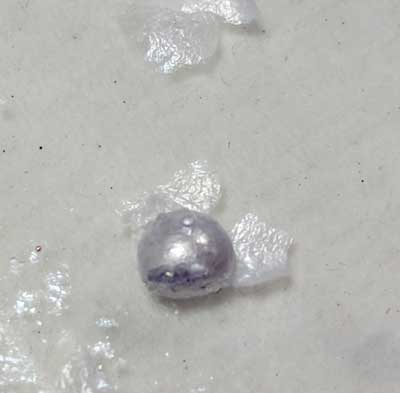
Scientists develop 2D materials capable of having magnetism
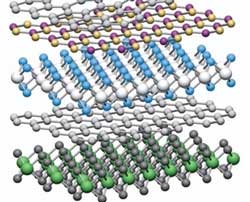
Wednesday, September 19, 2018
New nanoparticle superstructures made from pyramid-shaped building blocks
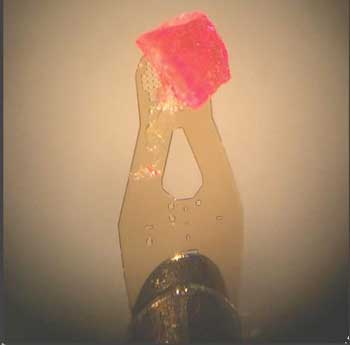
How long does a quantum jump take?
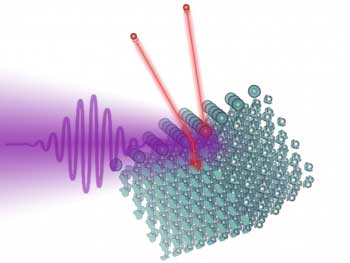
Interfacial engineering core@shell nanoparticles for active and selective direct H2O2 generation
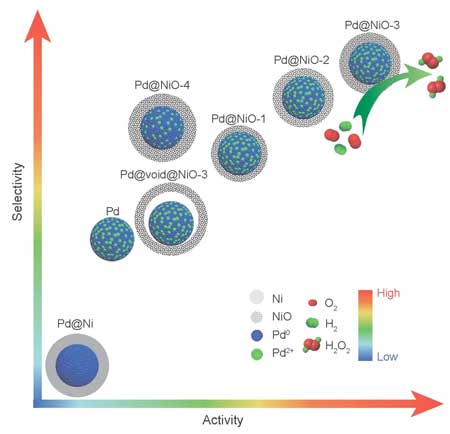
Origami inspires highly efficient solar steam generator
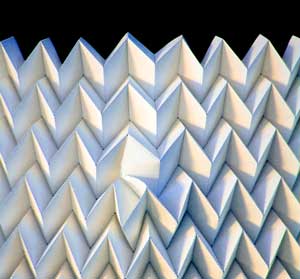
Nanocomposite fiber optic sensor measures tiny magnetic fields
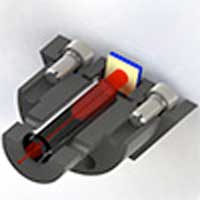
Engineers develop method for controlling nanomotors (w/video)
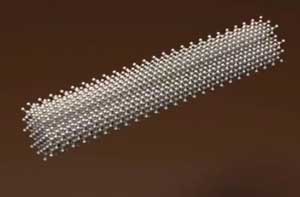
Diatom microbubble scrubber destroys dangerous biofilms (w/video)

Graphene tunnelling junctions: beyond the breaking point
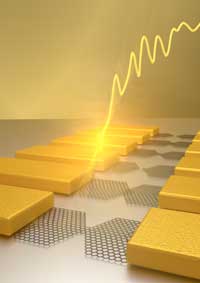
Nucleation a boon to sustainable nanomanufacturing
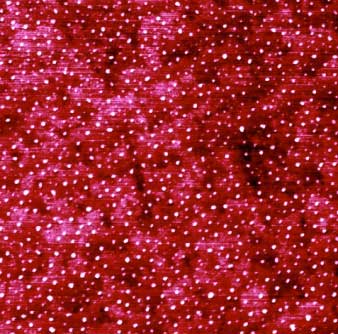
Commercially relevant bismuth-based thin film processing

Two quantum dots are better than one: Using one dot to sense changes in another
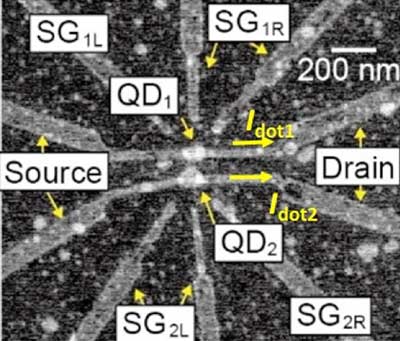
Tuesday, September 18, 2018
Using donut-shaped lithium sulfide for higher performing batteries
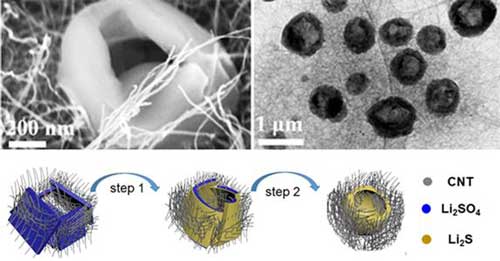
Device uses graphene plasmons to convert mid-infrared light to electrical signals
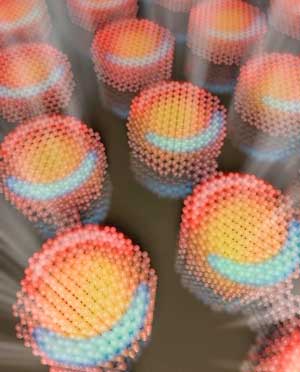
Scientists use artificial neural networks to predict new stable materials

Subscribe to:
Posts (Atom)

